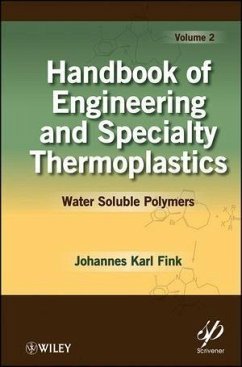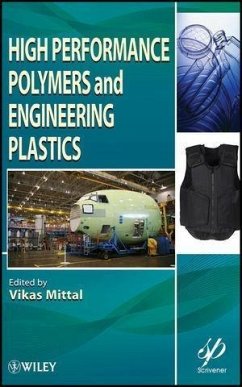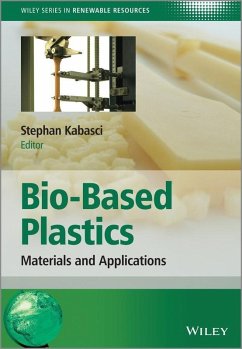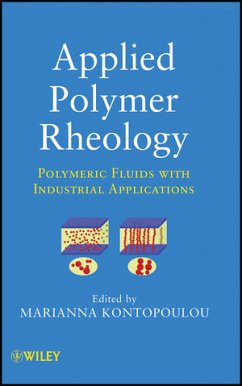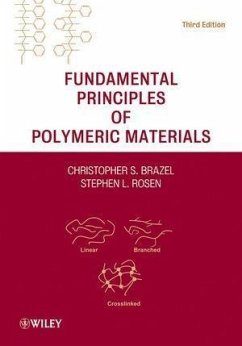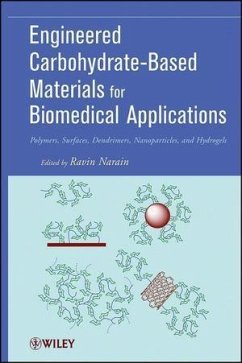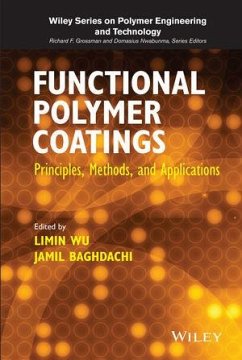
Plastics Additives and Testing (eBook, ePUB)
Versandkostenfrei!
Sofort per Download lieferbar
140,99 €
inkl. MwSt.
Weitere Ausgaben:

PAYBACK Punkte
0 °P sammeln!
"Plastics Additives and Testing" is a practical book for engineers and operators and discusses both inorganic and organic chemicals that are widely used as additives in plastics processing operations.It is common practice today to use analytical techniques to improve plastics processing. Because it is critically important to manufacture quality products, a reasonable balance must be drawn between control requirements and parameters for improved processing method with respect to plastics additives. This book serves to implement this balance in the manufacturing line.Written by a successful, int...
"Plastics Additives and Testing" is a practical book for engineers and operators and discusses both inorganic and organic chemicals that are widely used as additives in plastics processing operations.
It is common practice today to use analytical techniques to improve plastics processing. Because it is critically important to manufacture quality products, a reasonable balance must be drawn between control requirements and parameters for improved processing method with respect to plastics additives. This book serves to implement this balance in the manufacturing line.
Written by a successful, international consultant with an excellent publishing track record, it combines plastics additives, testing and quality control and is a valuable and critical book for engineers and operators to have when performing their tasks.
It is common practice today to use analytical techniques to improve plastics processing. Because it is critically important to manufacture quality products, a reasonable balance must be drawn between control requirements and parameters for improved processing method with respect to plastics additives. This book serves to implement this balance in the manufacturing line.
Written by a successful, international consultant with an excellent publishing track record, it combines plastics additives, testing and quality control and is a valuable and critical book for engineers and operators to have when performing their tasks.
Dieser Download kann aus rechtlichen Gründen nur mit Rechnungsadresse in D ausgeliefert werden.





